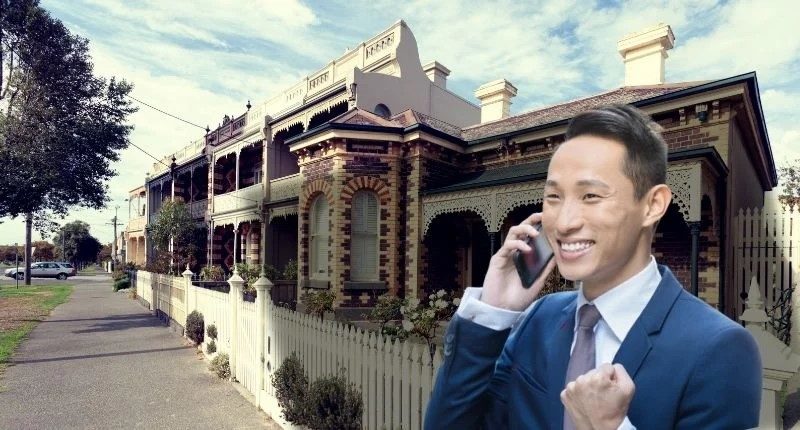- One in ten first home buyers were supported by the scheme(s) during 2020-21
- Key workers made up 23% of all recipients
- Debt-to-income ratio of recipients declined last year
One in ten first home buyers were supported by either the First Home Loan Deposit Scheme (FHLDS) and/or the New Home Guarantee (NHG) over the past financial year, according to the National Housing Finance and Investment Corporation (NHFIC).
Data also showed that home buyers were able to bring their house purchases forward by an average of 4 years for the FHLDS and 4.5 years for the NHG.
Since January 2020, 22,879 home purchases were supported by the two schemes, assisting 33,000 Australians. 11,000 residents were from New South Wales with 9,000 from Queensland.
58% of all buyers under the schemes were for those under 30, with the geographical spread of recipients similar to the general population – about 76% of recipients are located in greater capital city areas.
Benefits spread
In terms of postcodes, demand for the FHLDS was strongest throughout Melbourne’s north-west – particularly Craigieburn, Mickleham and Donnybrook. 109 guarantees have been issued there.
For the NHG, suburbs such as Box Hill, Marsden Park and Riverstone in Sydney’s north-west recorded the largest volumes of guarantees.
“It is great to see Australians in all states and territories, capital cities and the regions, helped by these schemes,” said NHFIC CEO Nathan Dal Bon.
“With growing housing affordability pressures, it is also very pleasing to see the schemes have supported almost 6,000 key workers purchase their first home.”
Nathan Dal Bon, NHFIC CEO
“The interstate migration to the regions is particularly noteworthy and reflects a trend we have seen since COVID-19. This is particularly pronounced in Queensland which has been the greatest benefactor of interstate migration.”
Key workers make up a quarter
3,700 key workers were assisted by the NHG – making up 23% of all guarantees issued – over this period. In terms of professions, nurses and teachers made up almost 70% of the guarantees provided to key workers.
The data also revealed that buyers were willing to move away from their existing residence to purchase their new home – on average, buyers moved 8.4 kilometres away from their previous residence under the FHLDS while NHG recipients moved 13 kilometres away.
Another finding was that, although property prices have increased significantly, the amount of first home buyer debt under the FHLDS in relation to incomes has actually declined. Participants recorded a debt-to-income ratio of 4.78 in 2020-21, down from 4.92 the previous year.








